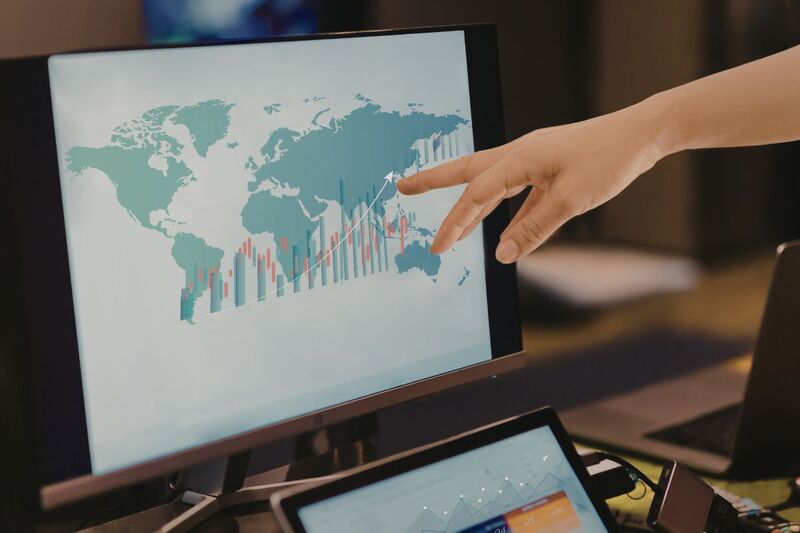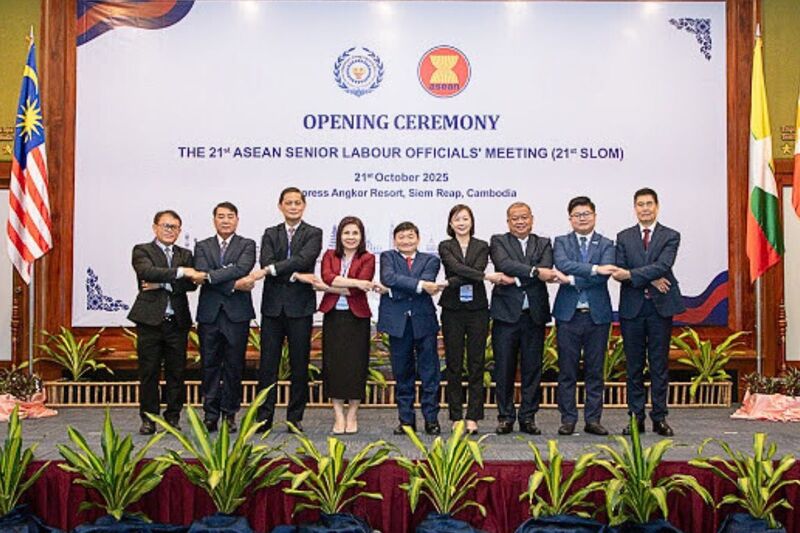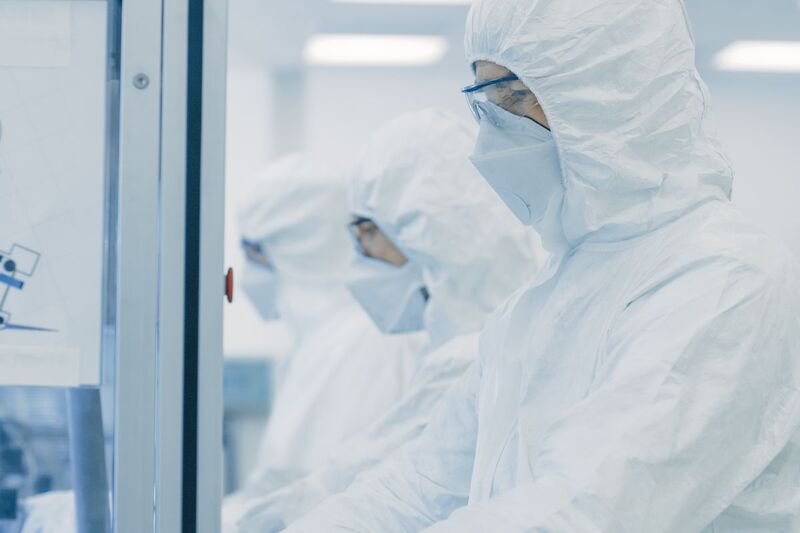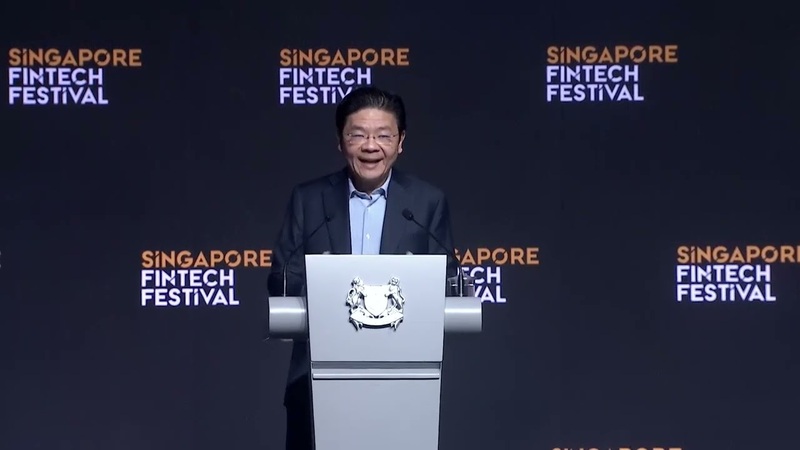When COVID Makes a Comeback: Singapore’s Spike, Legal Updates & Workplace Readiness
Singapore has recently seen a sharp uptick in COVID-19 cases. For employers and employees alike, understanding the evolving workplace recommendations and taking proactive steps can mean the difference between disruption and resilience.
This timely guide by Reeracoen—Singapore and APAC’s leading recruitment agency—breaks down what’s changed, what’s required, and how both workers and companies can adapt confidently in 2025.
1. The COVID Spike: What’s Happening in Singapore
- Weekly cases rose from 11,100 to 14,200 (27 Apr–3 May 2025)—a jump of nearly 30%.
- Daily hospitalisations climbed from 102 to 133.
- No new variants of concern have been identified.
- MOH considers COVID-19 now endemic, with future waves expected to mirror seasonal flu trends.
- The uptick is attributed to waning population immunity and higher mobility.
2. Current Health Directives & Legislation
Singapore’s response to the latest wave balances caution with practicality:
- No national lockdowns or Safe Management Measures (SMMs) have been reinstated.
- Mask-wearing is still mandatory in healthcare, eldercare, and designated vulnerable settings.
- Isolation is now symptom-based: Stay home until you’ve been fever-free for 24 hours (without medication). Afterward, wear a mask for five additional days.
- Workplace clusters: If three or more employees test positive within seven days, and had physically been at the office, a 10-day work-from-home arrangement is strongly advised.
3. What Employers Should Do
A. Update Workplace Protocols
- Ensure clear guidelines on symptoms, isolation, return-to-work, and case reporting.
- Reinforce sick leave policies that don’t penalise employees for staying home when unwell.
- Stock masks and sanitiser in common areas.
B. Enable Flexible Work Arrangements
- Activate a 10-day work-from-home protocol if multiple staff fall ill.
- Provide virtual tools and support for remote collaboration.
- Designate team leads to ensure project continuity during staff absence.
C. Encourage Booster Vaccination
- Employers can promote access to updated vaccines via insurance schemes or in-house health briefings.
D. Monitor Mental Well-being
- Provide HR support channels.
- Acknowledge pandemic fatigue, especially among hybrid or front-line workers.
- Revisit EAPs or consider workplace wellness partnerships.
4. What Employees Should Know
- Stay home when showing symptoms, even if mild.
- Follow the “24-hour fever-free rule” before returning to work.
- Wear a mask for five more days post-recovery.
- Inform HR of positive cases to protect workplace health.
- Seek updated vaccination or boosters when eligible.
5. Workplace Risks: What If You Don’t Act?
Frequently Asked Questions (FAQ)
Q1: Is COVID-19 testing still required to return to work?
No. Testing is no longer mandatory. Isolation is based on symptoms, not test results.
Q2: What triggers the 10-day WFH advisory?
Three or more positive cases within seven days at the same workplace.
Q3: Are temperature checks or SafeEntry back?
No. These national requirements have been discontinued since April 2022.
Q4: Can companies require masks even if MOH doesn't?
Yes. Private employers can enforce mask policies as part of internal safety practices.
Q5: What support is there for small businesses facing outbreaks?
SMEs can refer to MOM and Enterprise Singapore for workplace advisory support and interim business continuity guidance.
Take Action Now
Staying proactive, clear, and compassionate is key. With the right strategies, both workers and companies can navigate this spike—safely and sustainably.
Seeking Your Next Career Opportunity?
Submit your CV — Our trusted Career Consultants will review your resume and contact you if we find a position that matches your profile!
OR
Looking to Hire?
Please fill in this Inquiry Form — our Recruitment Consultants will be in touch with you soon!
Disclaimer:
The information provided in our blog articles is intended for general informational purposes only. It is not a substitute for professional advice and should not be relied upon as such.
While we strive to provide accurate and up-to-date information, the ever-evolving nature of certain topics may result in content becoming outdated or inaccurate over time. Therefore, we recommend consulting with qualified professionals or experts in the respective fields for specific advice or guidance. Any actions taken based on the information contained in our blog articles are solely at the reader's discretion and risk. We do not assume any responsibility or liability for any loss, damage, or adverse consequences incurred as a result of such actions.
We may occasionally provide links to external websites or resources for further information or reference. These links are provided for convenience and do not imply endorsement or responsibility for the content or accuracy of these external sources. Our blog articles may also include personal opinions, views, or interpretations of the authors, which do not necessarily reflect the views of our organisation as a whole. We encourage readers to verify the accuracy and relevance of information presented in our blog articles and to seek professional advice when needed. Your use of this website and its content constitutes acceptance of this disclaimer.
References
MOH Singapore – COVID-19 Situation Updates (May 2025)
Channel News Asia – Surge in COVID-19 Cases and New Workplace Guidance
Straits Times – Symptom-Based Isolation Explained
IndiaTimes – Singapore’s Updated COVID Guidelines 2025
MOM – Advisory on Work Arrangements






